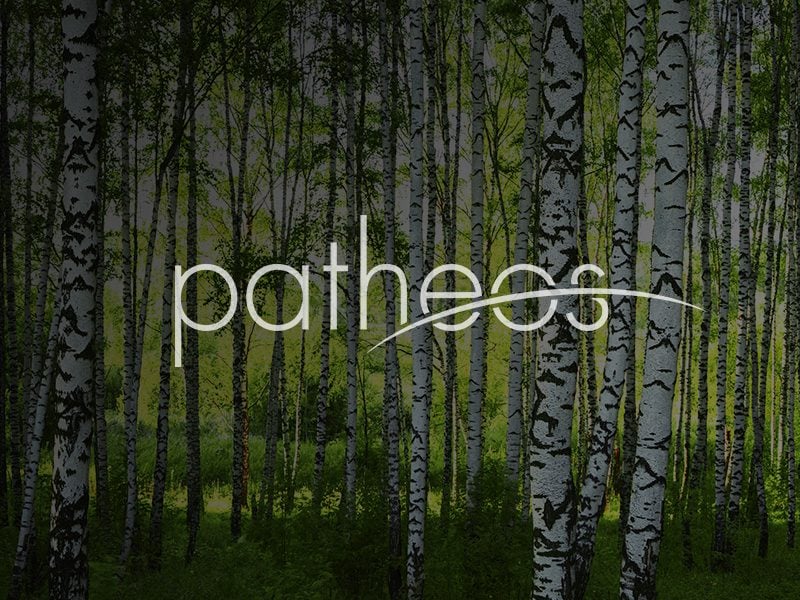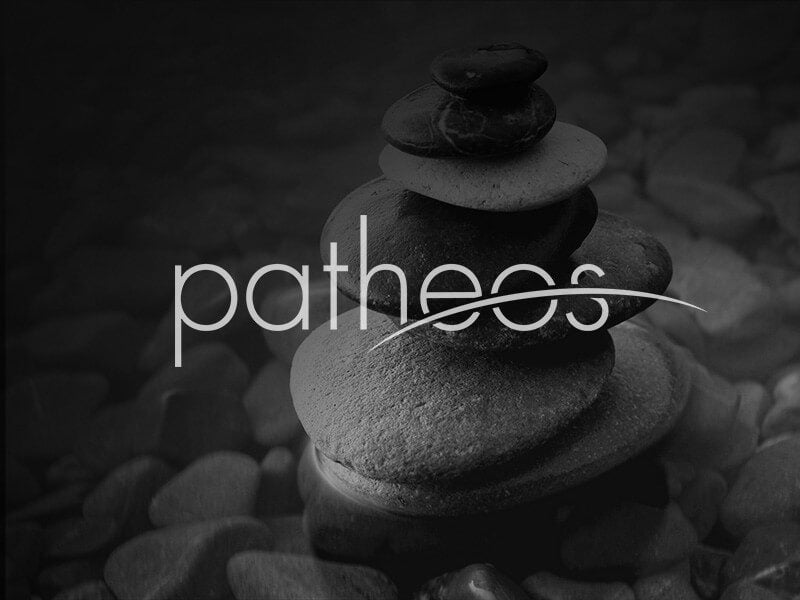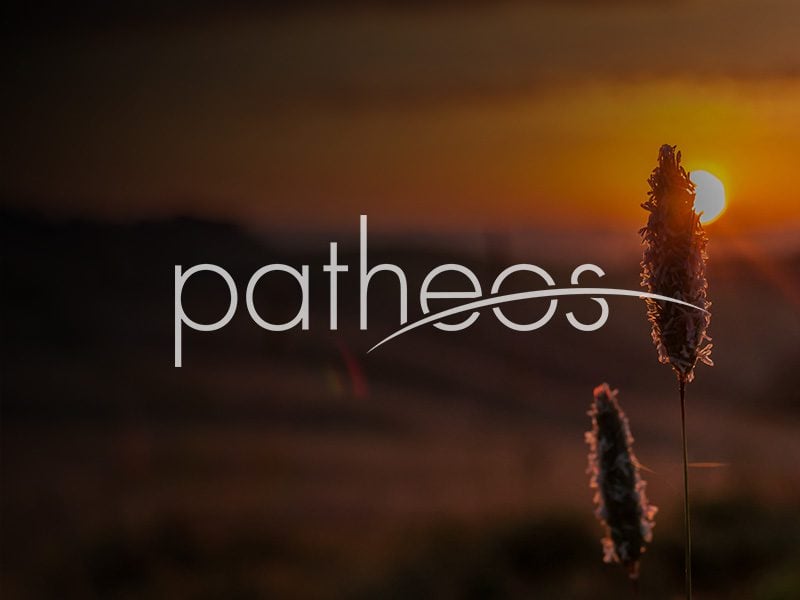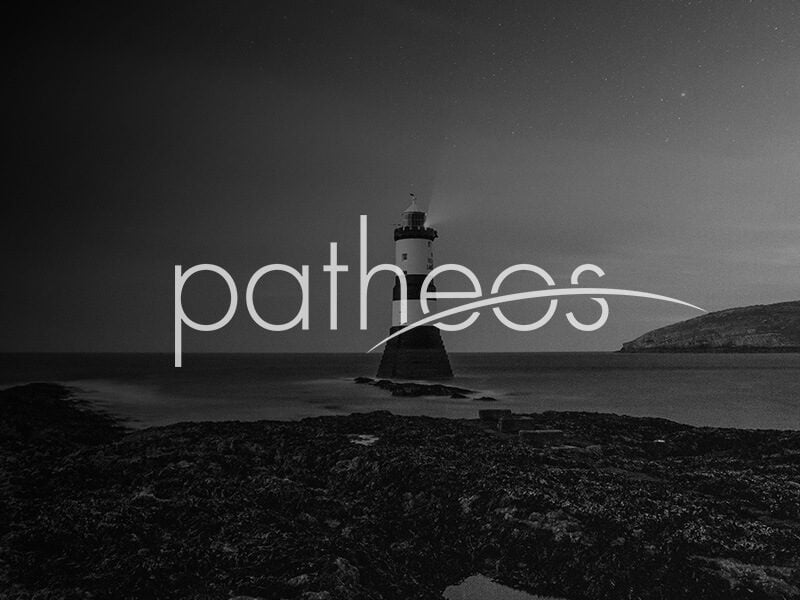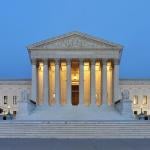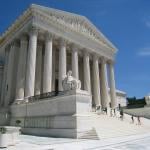The first song of the heavenly choir is sung by the four living creatures (Revelation 4:8). They sing not of creation or redemption, but of God Himself. The song is an intricate knot of intersecting structures. There is, first, a simple chiasm: A. Triple “holy” B. Three titles: Lord, God, Pantokrator A’. Triple name: “He who was, is, comes” This is equally a triad of triads, a trinity of trinities, and perhaps is to be linked with the Triune name:... Read more

